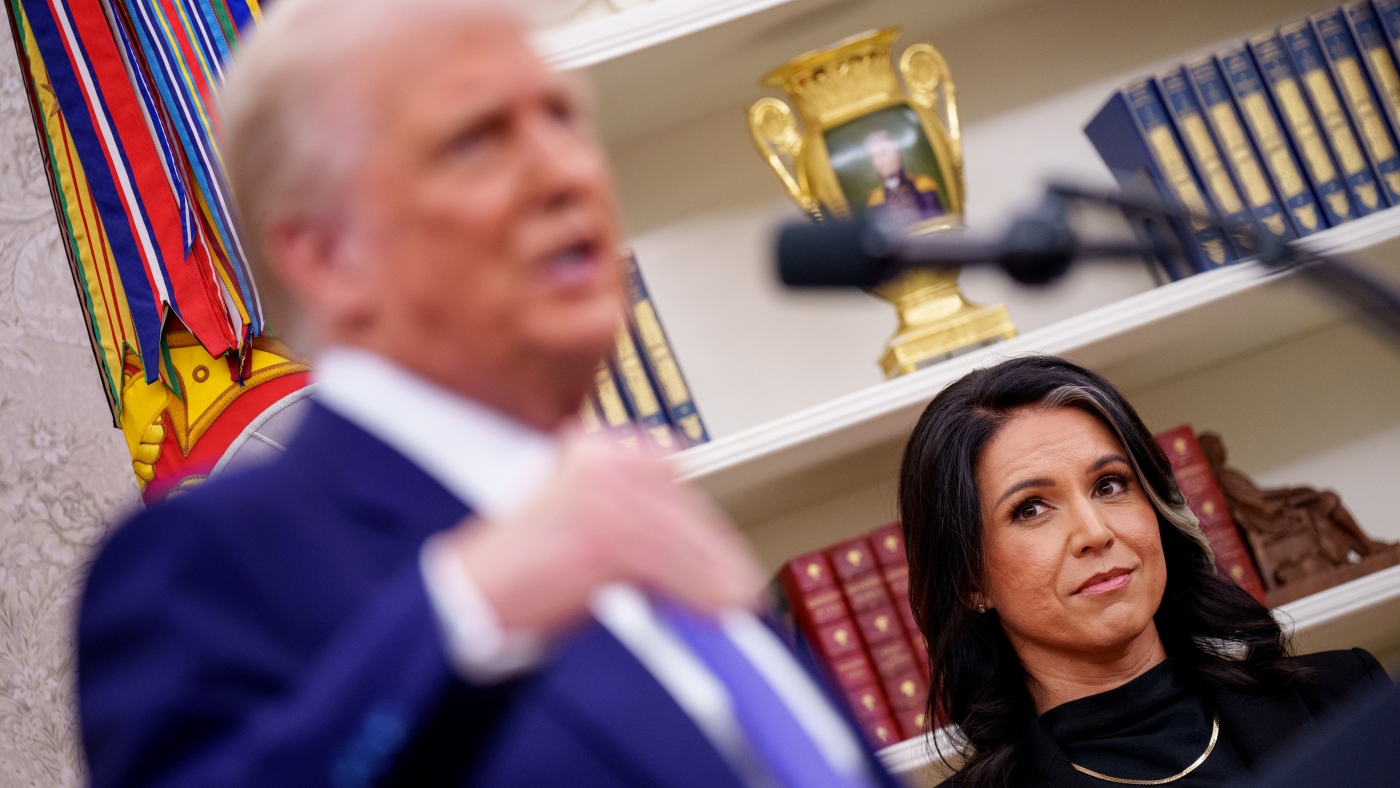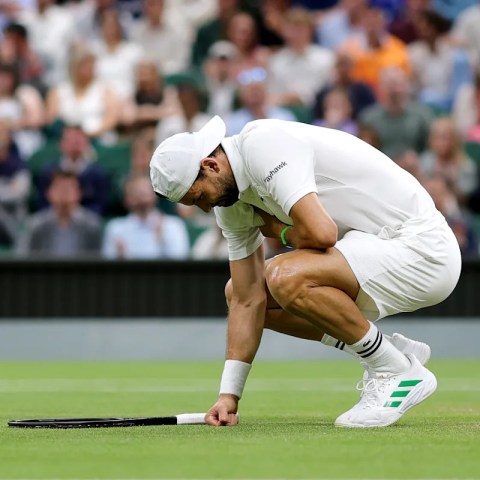Peru’s Congress recently voted to oust President Dina Boluarte, marking a significant moment in the nation’s political landscape. The vote took place after a late-night debate, with 122 out of 130 lawmakers supporting the impeachment. They cited “permanent moral incapacity” as the reason for her removal.
Following the vote, Boluarte addressed the nation, expressing concern over how this decision might affect Peru’s democracy. Her presidency, which began in December 2022 after former President Pedro Castillo’s impeachment, has been marked by unrest and criticism. She held one of the lowest approval ratings globally, hovering between 2% and 4%.
In recent months, public protests have intensified, driven by rising crime rates. Notably, a shooting at a concert in Lima sparked renewed anger from citizens. Many viewed Boluarte’s leadership as ineffective amid the escalating violence, including gang activity.
Notably, scrutiny around Boluarte includes investigations into possible corruption. One such case, called “Rolexgate,” involves accusations that she accepted luxury watches as bribes. Another inquiry questions her absence in appointing a caretaker when she was away for a medical procedure. Despite these allegations, Boluarte has denied any wrongdoing.
As unrest grew, her controversial decision to double her salary—now nearly 35 times higher than the country’s minimum wage—contributed further to public discontent. Lawmakers from various political backgrounds voted against her, including some who once supported her.
In the immediate aftermath of her ousting, Congress leader Jose Jeri took over as interim president. The current political tension reflects a broader trend in Peru, where instability has become commonplace. Since 2018, frequent leadership changes have plagued the country, with Boluarte being the sixth president and several former leaders facing legal issues.
Historically, Peru has seen numerous political upheavals. The rapid succession of leaders has raised concerns about governance. Public opinion on social media echoes this sentiment; users express their desire for a stable government and better solutions to crime and corruption. The shifting political dynamics highlight a crucial need for stronger democratic practices and responsiveness to citizens’ needs.
For further reading on Peru’s current political climate, you can explore reports from BBC News and analyses on the implications of leadership changes in developing democracies.






















